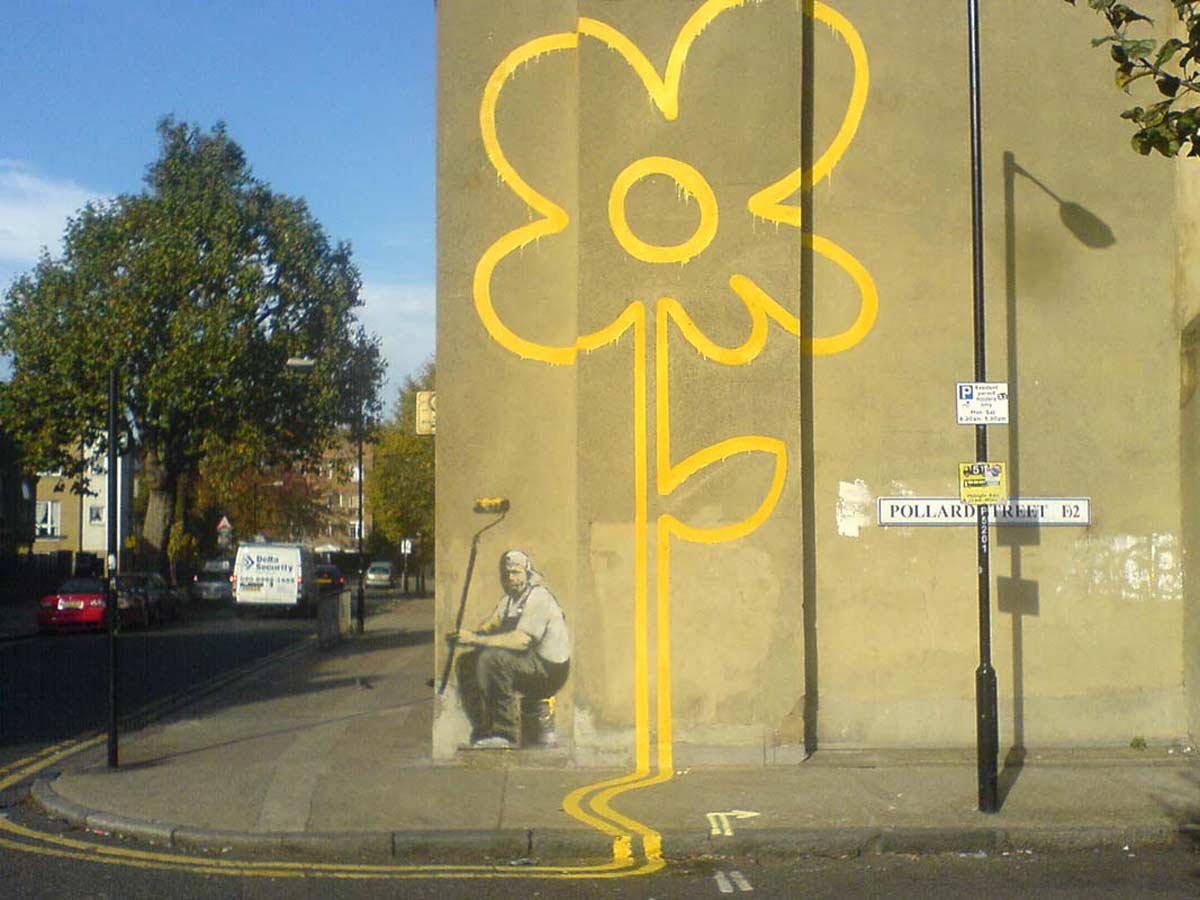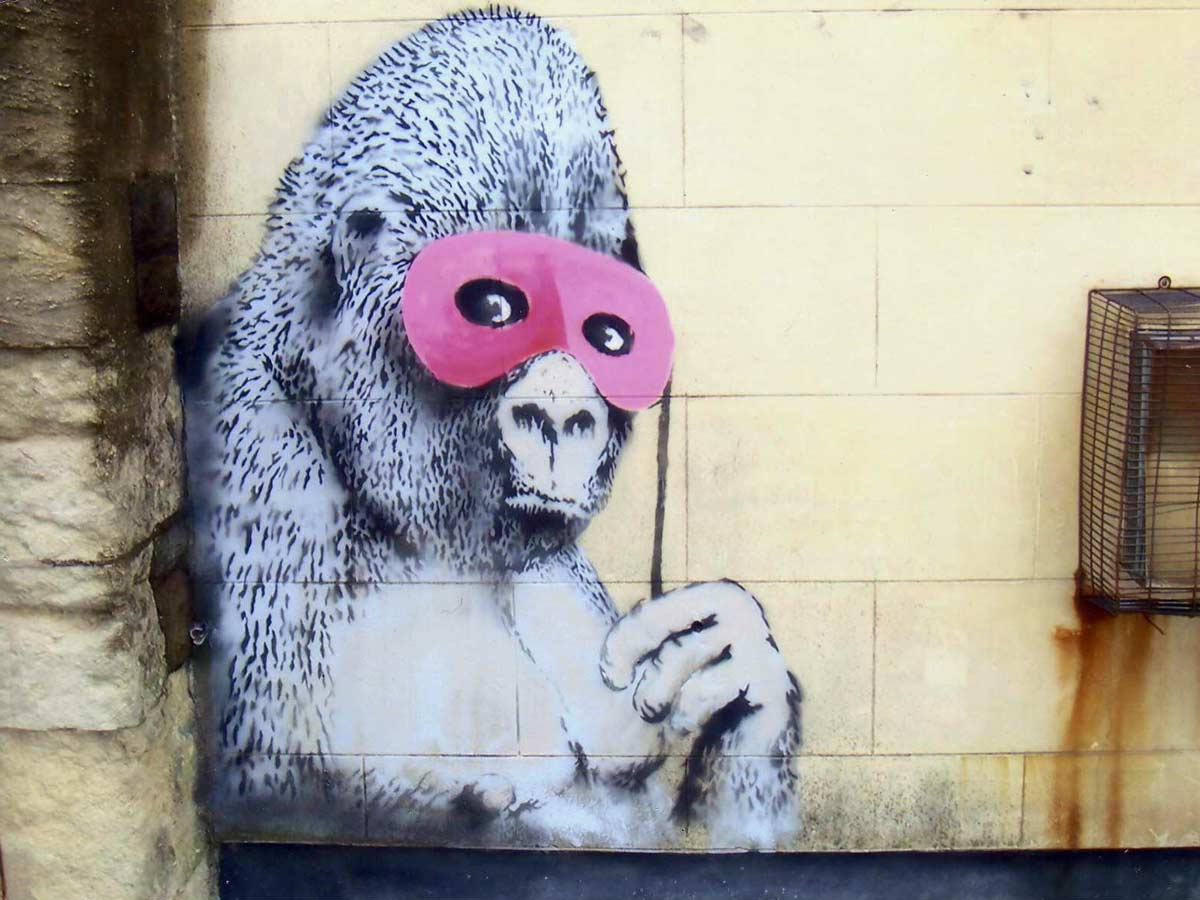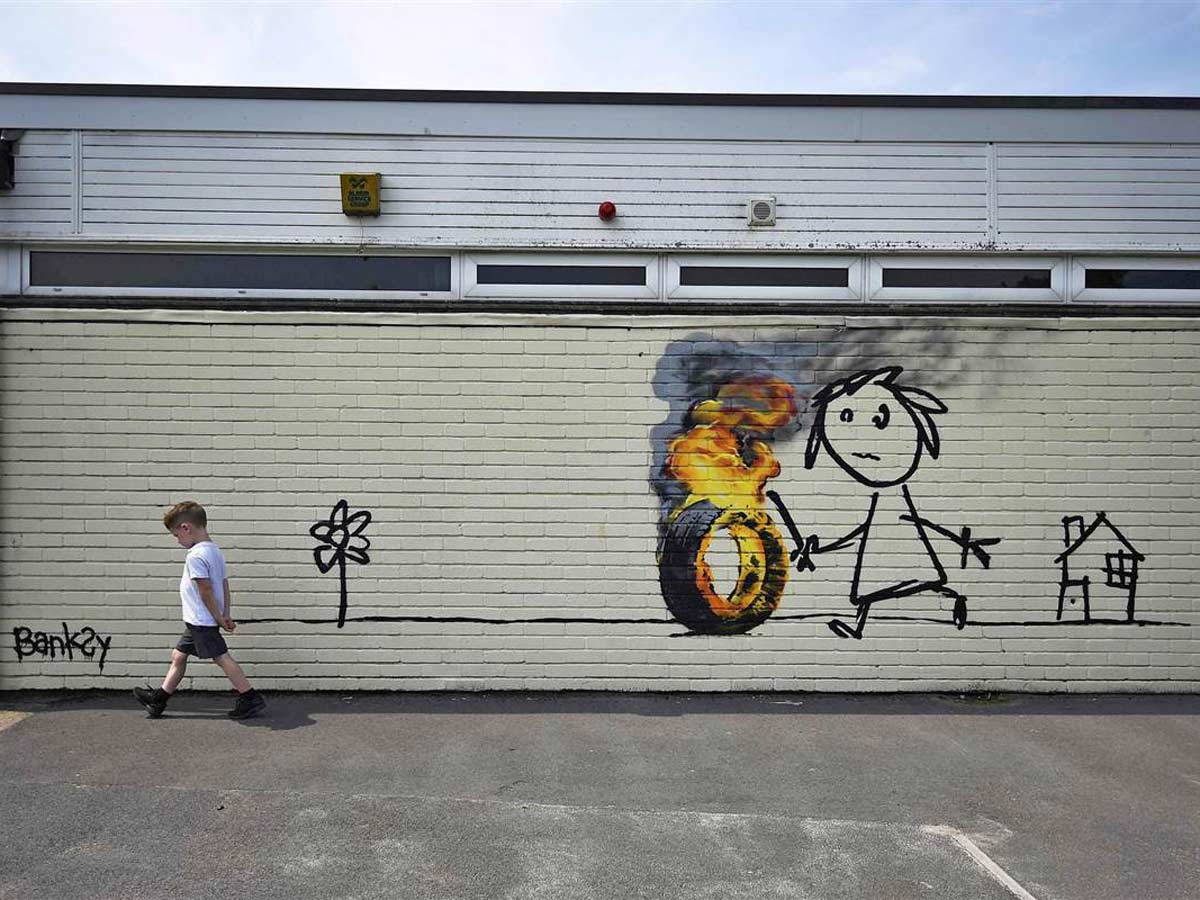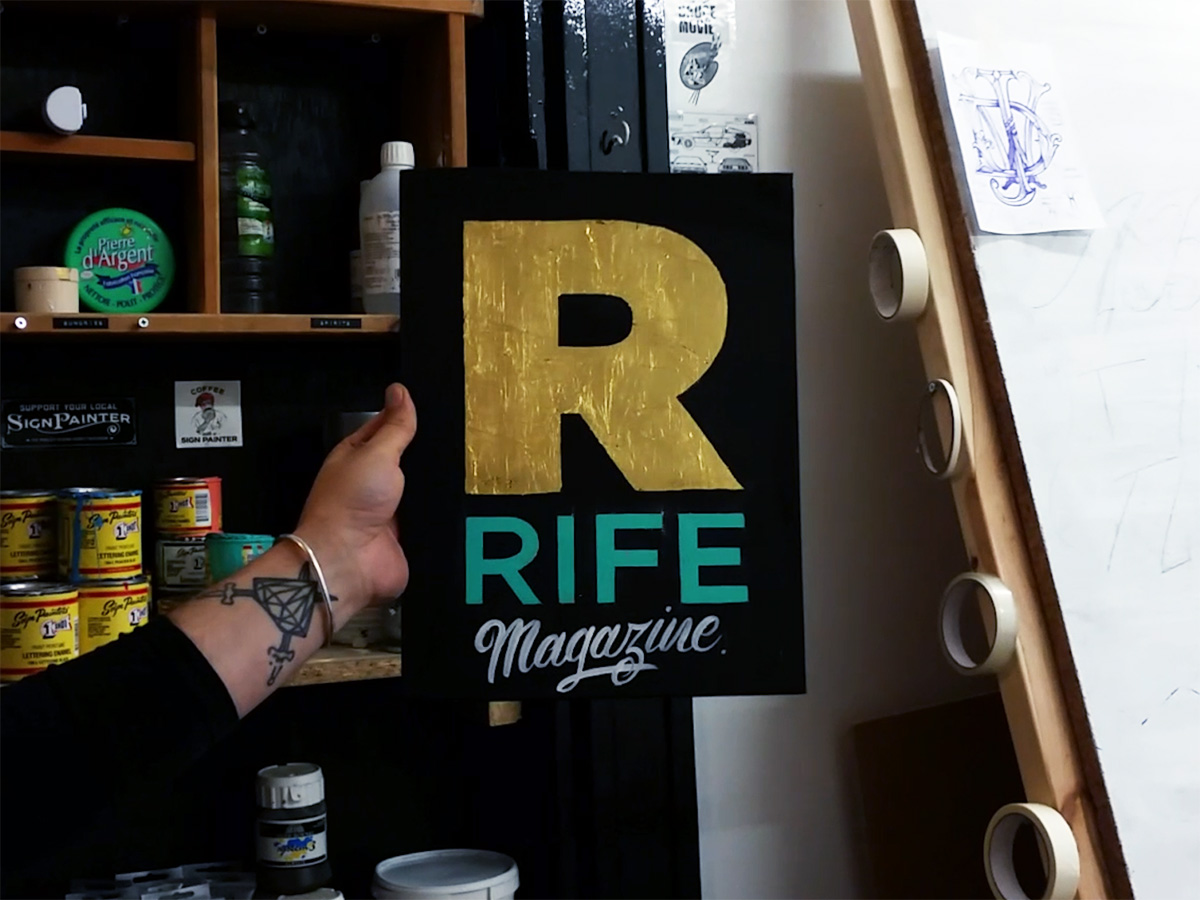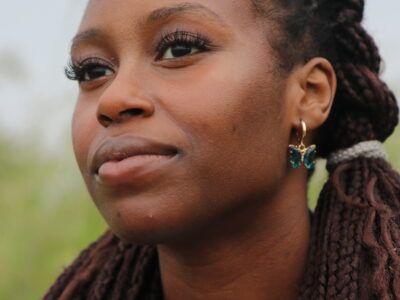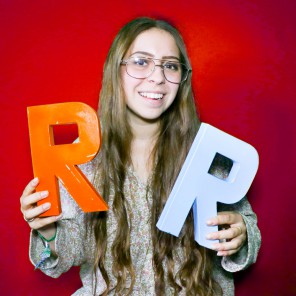How Banksy’s Legacy Inspires Bristol’s Youth
Olivia celebrates one of Bristol’s most famous children: the incomparable Banksy.
Art lessons in my primary school were scarce.
Art lessons in my primary school were scarce. Whenever they could be slotted in between literacy, numeracy and science – which wasn’t often – our class would be let loose to rummage through the art box – an amalgam of dried paint palettes, paint brushes so old that the bristles splintered, cuttings from donated fabrics and disfigured wax crayons.
It was the lesson that my classmates and I anticipated the most. We were young, and our concept of time was based primarily around when breakfast, lunch and dinner was, so when our teacher told us it was art time, naturally we were excited.
Even though art lessons were always enjoyable because they didn’t involve any numbers or spelling tests, this was unlike any of the previous lessons we had had – which often involved drawing a mundane piece of fruit, or a self-portrait inspired by Tudor paintings of men lavished with gold and clad in robes.
The teacher began clicking away at her computer and scrolling on the mouse, before switching on the projector.
‘Has anyone seen this before?’
It was Banksy’s mural of the painter sat by a yellow flower, that curtailed off into the double yellow lines of a street in Bethnal Green. I suppose she didn’t show us much of his work from Bristol because it wouldn’t have been appropriate for a class of nine year olds.
Nevertheless, she didn’t fail to tell us that Banksy was from Bristol and so was a lot of his art. The sudden ‘Wait. Hang on a minute. I’m from Bristol too!’ thought settled over me and my classmates because I remember the lingering silence in the room. Even if we didn’t understand the criticism or the politics of his art, it was the beginning of my involvement in part of a collective conscience. This art was conceived in Bristol. This was something to be proud of, and even more so, to be inspired by.
[rife-guide-events]
Our task for that lesson was to create something of our own inspired by Banksy, that we’d like to see around Bristol. Based on one of his murals in Bristol that the teacher did show us – the gorilla in the pink mask – my finished piece was a (slightly amateur) painting of a pig. I had personified it so that it stood on its hind legs, clutching an iPod in one of its trotters.
At the age of nine I was engaging with the politically-motivated, counter-cultural art that Banksy was producing. I was creating a piece of political satire, without realising so. I was learning that consumer culture was rising because of products like Apple’s, and how this spawned from greed – hopefully, the pig would represent this. Because of Banksy, an entire class of children were engaging with ideas that we had previously not had access to.
What made Banksy’s work so important to us was based on the idea that one of art’s many purposes is to create room for subjectivity.
What made Banksy’s work so important to us was based on the idea that one of art’s many purposes is to create room for subjectivity. By the end of that lesson, we had all produced something different, but were all equally as proud of our pieces.
Banksy’s art became a platform for us to express our thoughts. When numbers wouldn’t cut it, or we didn’t have the words to put our thoughts into, this became a new and better medium for us to channel them. It was directly rooted in our understanding of the Bristol we knew, and the Bristol we wanted. No other aspect of the curriculum asked us to contemplate this or our own identities. What did we want to see brighten up the walls of our city? What did we think about the society we lived in, and how could we express this meaningfully?
To see the impact that Banksy’s art has on young people across Bristol is reassuring. The recent addition to the wall of a Bristol primary school – the cartoon scribble of a girl chasing the startlingly realistic tyre in flames – can only be another example of Banksy’s importance to children growing up in urban Bristol.
Being young in Bristol has taught me lots: that despite living in the one of the biggest cities in the UK I’m still a farmer to anyone who isn’t a local, that harbours – beyond docking boats – can host some of Bristol’s best gigs, and that the Metrobus probably has more costs than benefits. But perhaps something I’ve learned most about my place as a young person in Bristol is through Banksy’s art.
Banksy’s art was relevant, both temporally and culturally. This was Bristol, but more importantly this was Bristol today. This was who we were and what we were learning to be a part of. And that, to children all across the city, is just as important as learning how to read, write or count.
If you want to exercise your creative talent, head to Inspiration Work’s Creative Drop In on Mondays, Wednesday and Fridays. You can check out more creative stuff on Rife Guide

